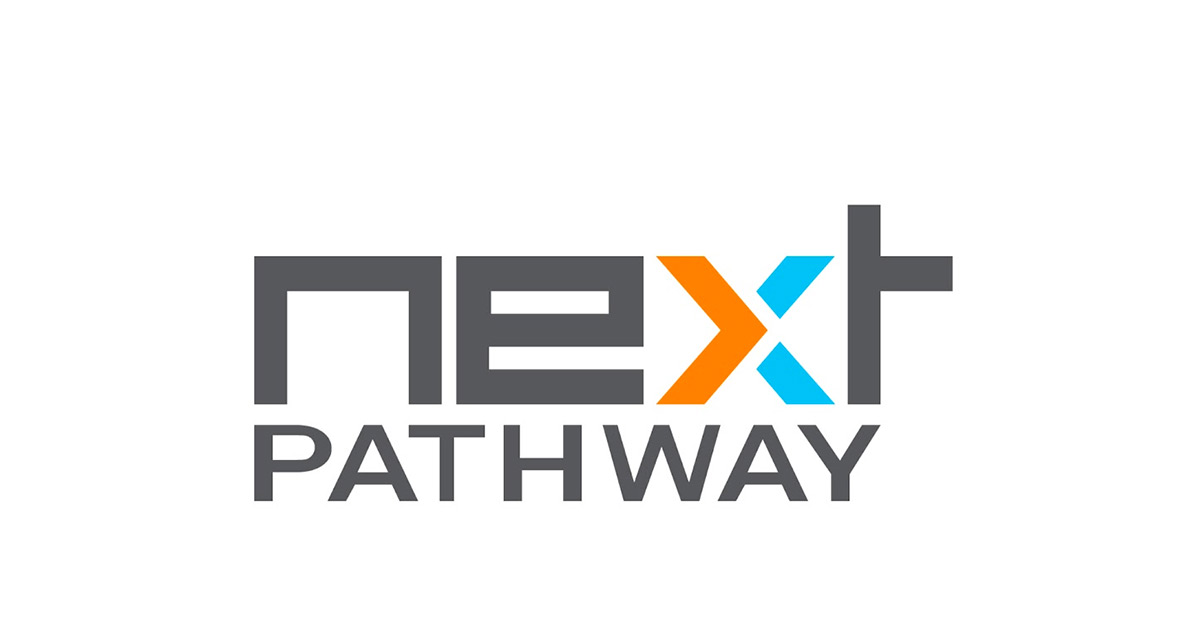In order to give businesses moving logic from the ‘legacy-data’ warehouse to private & public cloud settings a self-service alternative, Next Pathway has created a software-as-a-service (SaaS) version of its code translation engine.
This week, Next Pathway unveiled Shift Cloud, a self-service variant of the Shift translation tool. Shift transforms ‘legacy-data’ warehouse extract, transform, and load (ETL) code into cloud-native system logic. The conversion gets the target system ready to import the legacy data. But in order to change the data (incoming) for the new technology, more tools are required.
According to Chetan Mathur (CEO), typically, a customer deals with Next Pathway directly or via a systems integrator. As per him, Next Pathway’s attempt to allow businesses to handle the translation of legacy ETL code themselves is called Shift Cloud.
Mathur further said, “Now, with a technology that’s self-service — which we’ve never had before — we anticipate a shift to the end customers being the ultimate user of the technology.” The majority of the business comes from the reference from Google Cloud, Microsoft Azure, and Snowflake (a cloud database provider).
For the Shift Cloud, Next Pathway directly didn’t quote a price. The company typically costs between $7 and $8 for each translated object. Around 20,000 objects in a large code-base will cost between $140,000 and $160,000 to translate.
According to Jason Bloomberg (Managing Partner, IT research & consultancy firm, Intellyx), Next Pathway only addresses one of several complicated issues that arise while trying to move a data warehouse directly to the cloud.
Mr. Chetan quoted, “Customers who need to move their ETL logic to the cloud are going to find this quite useful. But I would say it is — relatively speaking — a rather narrow offering.”
80% of historical ETL code, according to Next Pathway, is successfully converted to new code, with the other 20% being handled manually by businesses or systems integrators. The 80% figure, according to Bloomberg, may be functionally comparable to the old logic, but the code may be illegible by developers while making the maintenance difficult.





